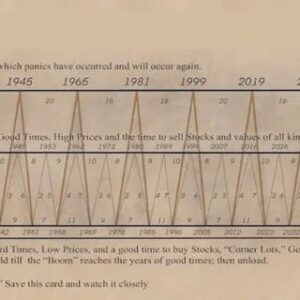(Downloads - 0)
For more info about our services contact : help@bestpfe.com
Table of contents
Chapter 1: Ground-motion variability from finite-source ruptures simulations
1.1 Introduction
1.2 Ground-motion simulations
1.2.1 Kinematic source models
1.2.2 Station layout
1.2.3 Synthetic ground-motion computation
1.2.4 PGV calculation
1.3 Analysis of PGV within-event variability
1.3.1 Variability considering bilateral ruptures only
1.3.2 Variability considering unilateral ruptures only
1.4 Discussion and conclusion
1.5 Data and resources
Chapter 2: Review of Argostoli site and dense array network
2.1 Introduction
2.2 The site: Argostoli, Cephalonia
2.2.1 Seismotectonics
vii Table of Contents
2.2.2 Seismicity
2.2.3 Geology and geomorphology
2.2.4 Argostoli Valley
2.2 Seismological experiment
2.3 Data acquisition
2.4 Catalogue preparation
2.5 Selection of subset of events
2.6 Example wave forms
Chapter 3: Seismic Wave Field Analysis of Argostoli Dense Array Network58
3.1 Introduction
3.2 Seismic wave field analysis
3.3 Argostoli experiment and dense array characteristics
3.3.1 Dataset
3.4 Methodology
3.4.1 MUSIC
3.4.2 Quaternion-MUSIC
3.5 Data processing
3.6 Post-processing
3.7 Results from single dominant source : example event
3.7.1 Event characteristics
3.7.2 MUSIQUE results
3.7.3 Identified back-azimuth
3.7.4 Identified slowness
3.7.5 Energy repartition
3.7.6 Results from Array B
3.8 Robustness of the results
3.9 Summary results for all events
3.9.1 Back-azimuth distribution of the diffracted wave field
3.9.2 Dispersion curve (slowness)
3.9.3 Energy repartition between Rayleigh and Love surface waves
3.10 Results from double source identification
3.10.1 Array A results
3.10.2 Array B results
3.11 Interpretation of the energy partition between Rayleigh and Love waves
3.12 Interpreting observed site amplification
3.13 Discussion and conclusion
Chapter 4: Coherency analysis of Argostoli dense array network
4.1 Introduction
4.2 Short review on coherency models
4.3 Causes of incoherency
4.4 Coherency- a stochastic estimator
4.4.1 Complex coherency
4.4.2 Lagged coherency
4.4.3 Plane-wave coherency
4.4.4 Unlagged Coherency
4.5 Evaluation of coherency
4.5.1 Smoothing parameter
4.5.2 Selection of time window
4.5.3 Statistical properties of coherency: distribution, bias and variance
4.5.4 Prewhitening
4.6 Dataset
4.7 Selection of time-window for coherency estimation
4.7.1 Sensitivity test of the time-window selection
4.8 Estimation of Coherency from the Array Data
4.8.1 Verification of the algorithms used for coherency estimation
4.8.2 Sensitivity of lagged coherency to duration of time window
4.9 Results of coherency analysis from single events
4.10 Statistical analysis considering all the events
4.10.1 Estimation of Confidence Interval (CI)
4.10.2 Coherency estimates from the subset of events
4.10.3 Variation from different time-window selection approaches
4.10.4 Variation associated to the orientation of horizontal components
4.10.5 Variation from the array geometry
4.10.6 Variation from the site-axes orientation
4.10.7 Variation from source back-azimuth
4.10.8 Variability from coda windows
4.10.9 Magnitude Dependence
4. 10.10 Hypocentral Distance Dependence
4.11 Discussion and conclusion



